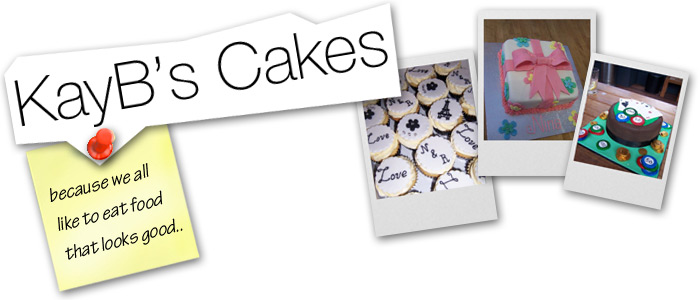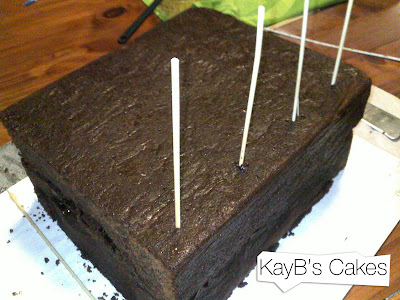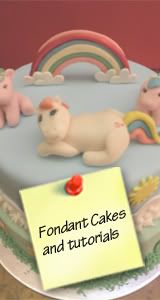What you will need;
Gum paste/Modelling paste (in your chosen colour, plus a little in white or black for the sole of the shoe)
Cornflour
Skewers
Small knife
Rolling pin
Royal icing (in same colour as the modelling paste)
Some old fondant or playdoh
Paper templates (see Cake Central)
Paper towel/Gladwrap/Baking paper
Water/Small paint brush
Sparkles!!!!!
You will need a few days to make the shoe, to allow for drying time.
Step one. Download the great templates from Cake Central. This includes the sole, the lining and the top of the shoe. It’s also a great idea to grab your favourite pair of shoes out of your wardrobe to use as a guide. Or just wear them while making the gumpaste shoe to make you feel pretty.
The templates you downloaded includes a building support, but I found it to be an unrealistic shape for the shoe, so I made my own support ‘step’. Using your sole template as a guide, mould the playdoh/old fondant into a ‘step’ that will ensure your shoe will dry in the right shape. I’d suggest using your own shoe as a guide to get the right height and shape to the ‘step’.
Dust your bench with cornflour (never use icing sugar, it will dry out and stain your fondant/gumpaste) and roll out your gumpaste to 5mm thick. Obviously, you can go thicker or thinner if you prefer. As this was my first attempt, I wanted to make sure the shoe would be stable, not thin and flimsy. Cut out your templates using the small knife. Repeat with the additional colour gumpaste for the lining of the shoe (you want this to be even thinner than the rest of the shoe, 1-2mm thick).
Using your thumb, gently rub the edges to make them nice and smooth. Place the sole of the shoe on your newly constructed ‘step’ (you may need to put a piece of paper towel down first to stop it from sliding off). Next, attach both the lining and top of the shoe to the sole with a little bit of water. When attaching the top of the shoe, use some scrunched up gladwrap to stick underneath to form the shape and keep stable. You may need a bit of extra water, but just be gentle and patient, and rub the edges to ensure they stick properly.
I also made my own template for the back of the shoe. Using some baking paper and my own stiletto, I traced the back section of my stiletto and cut out a template that would suit my gumpaste shoe. Again, I used some water and gentle pressing to ensure the back was secure, and then scrunched up a ball of gladwrap to keep it in place.
Next up, the heel. I wanted a stiletto. No chunky, old woman heel here. We’re talking about neck breaking-ly high stiletto! In order to get the heel to line up flush with the sole of the shoe, I made another template to use as a guide. Simply trace the back section of the shoe/sole template that you downloaded from cake central. I then used this to hand mould the heel to the right size. Take a ball of gumpaste and mould until it is the right size (using the template), insert a skewer in the middle and use this to mould the gumpaste around for your stiletto (this will also come in handy when placing the shoe on top of the cake). Start rolling the middle section in-between your hands to thin it out and form the actual stiletto. Again, it’s a great idea to have your own stiletto handy, so you can see exactly the shape you will need for a realistic looking heel. This all takes practice; I remade my heel three times before I got it to the shape I wanted. I also took my small knife and cut off excess gumpaste around the top of the heel.
(Template used to shape the top of the heel)
(Preparing the heel with royal icing to attach to the sole of the shoe)
Next we need to assemble the shoe. Not as scary as it sounds. You will need your royal icing (in the same colour as your shoe) and a box on which your shoe can sit. I also grabbed a cardboard tube from my roll of paper towel to insert under the shoe, just as a safe guard against any sliding or collapsing!
Punch a hole in the upside down box so you can insert the end of the skewer that your heal is on. Then, cover the top of the heel with royal icing. Gently place the shoe on top of the heel, lining it up to the edges are flush. If the edge isn’t lining up perfectly, don’t worry! just use a bit of extra royal icing to fill in the gaps and smooth. Leave for at least 24 hours to ensure the royal icing dries completely.You will probably have some gaps around the back of the shoe which you’ll need to cover in sparkles, or any decoration you are using. Just wait until the royal icing dries and stick on sparkles with a little water.
(As you can see above, I used a variety of household objects to keep my shoe in place while it was drying.. paranoid much?)
Annnnnnddd you’re done! It’s really that simple. For extra detail I also added a small ring of black gumpaste to the bottom of the heel. I cannot stress enough the importance of having a contingency plan, i.e. MAKE A SPARE SHOE! The shoe in this tutorial was my first attempt, while the shoe you see sitting on the cake is attempt number two. Not only does it allow you to practice, but it’s also a safe guard should anything go horribly wrong with transporting the cake. Trust me, always have a spare! I learnt that the hard way. I also did not transport the cake assembled. I waited until I got to the venue to secure the shoe on top of the cake. Seriously, you should have seen my car with all the towels and bubble wrap. It looked like I was transporting a bomb! Once at the venue, I used a small amount of royal icing on the front of the sole of the shoe, and the skewer on the heel inserted straight into the cake.
(Photo credit: Ben Wares Photography)
Hopefully you find this useful; I can now see it is a lot of information to digest! But feel free to leave me any questions.
Peace out, cake dudes!



















